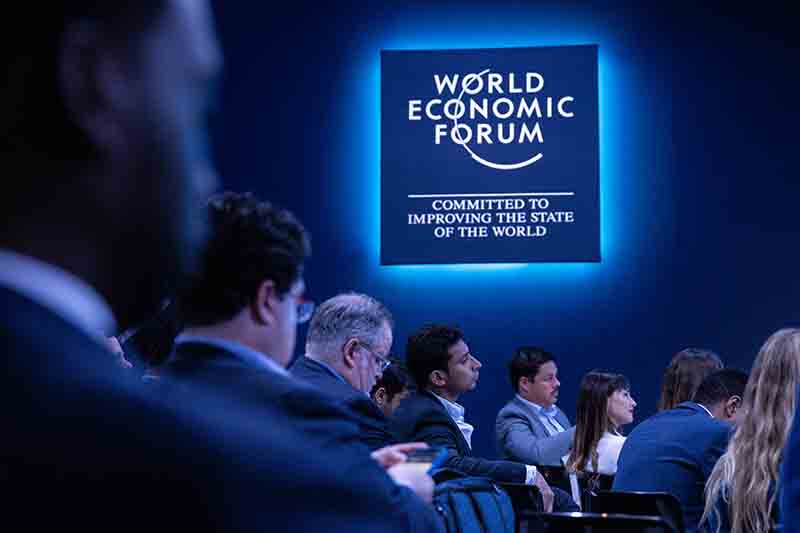The World Economic Forum (WEF) recently released the annual Gender Gap Report for 2023, which measures the gender disparity in various aspects of society. India has shown progress by moving up eight places to rank 127 out of 146 countries in terms of gender parity. Iceland has maintained its position as the most gender-equal country for the 14th consecutive year, with a gender gap score of 91.2%.
What is the Global Gender Gap Index?
The Global Gender Gap Index is a benchmark index introduced by the World Economic Forum in 2006. It tracks progress and compares nations’ advancements toward gender parity and equality across four key dimensions with sub-parameters. These dimensions are Economic Participation and Opportunity, Educational Attainment, Health and Survival, and Political Empowerment.
India’s Performance:
India’s progress in terms of gender parity is notable. Compared to the previous year, India has improved by 1.4 percentage points and eight positions, now ranking 127th out of 146 countries. In the 2022 edition, India was ranked 135th. The country has closed 64.3% of the overall gender gap.
Educational Attainment:
India has achieved parity in enrolment across all levels of education, which is a positive development. This indicates that both genders have equal opportunities for education in the country.
Economic Participation and Opportunity:
Despite the progress, India still lags behind in economic participation and opportunity. The gender parity in this area stands at only 36.7%. Efforts are needed to bridge this gap and provide more opportunities for women in the workforce.
Political Empowerment:
India has made significant progress in political empowerment, with a parity rate of 25.3%. Women now account for 15.1% of parliamentarians, which is the highest percentage recorded since the inaugural report in 2006.
Local Governance:
In terms of women’s representation in local governance, India has achieved a representation rate of 44.4%. This positive development can be attributed to efforts made by the Women and Child Development Minister, Smriti Irani, who raised the issue with the World Economic Forum.
Sex Ratio and Skewed Sex Ratios:
India has seen a 1.9 percentage point improvement in the sex ratio at birth, contributing to overall gender parity after a period of slow progress. However, skewed sex ratios at birth persist in India, along with countries like Vietnam, Azerbaijan, and China, affecting their rankings on the Health and Survival sub-index.
Gender Parity in Southern Asian Region:
The Southern Asian region has achieved a gender parity of 63.4%, the second-lowest among the eight regions. However, there has been a slight improvement of 1.1 percentage points in the South Asian score since the last edition, primarily driven by progress in populous countries like India, Pakistan, and Bangladesh.
Find More Ranks and Reports Here




 Exploring Bondi Beach: Sun, Surf and Syd...
Exploring Bondi Beach: Sun, Surf and Syd...
 ISRO Projects Seven Launches Including U...
ISRO Projects Seven Launches Including U...







